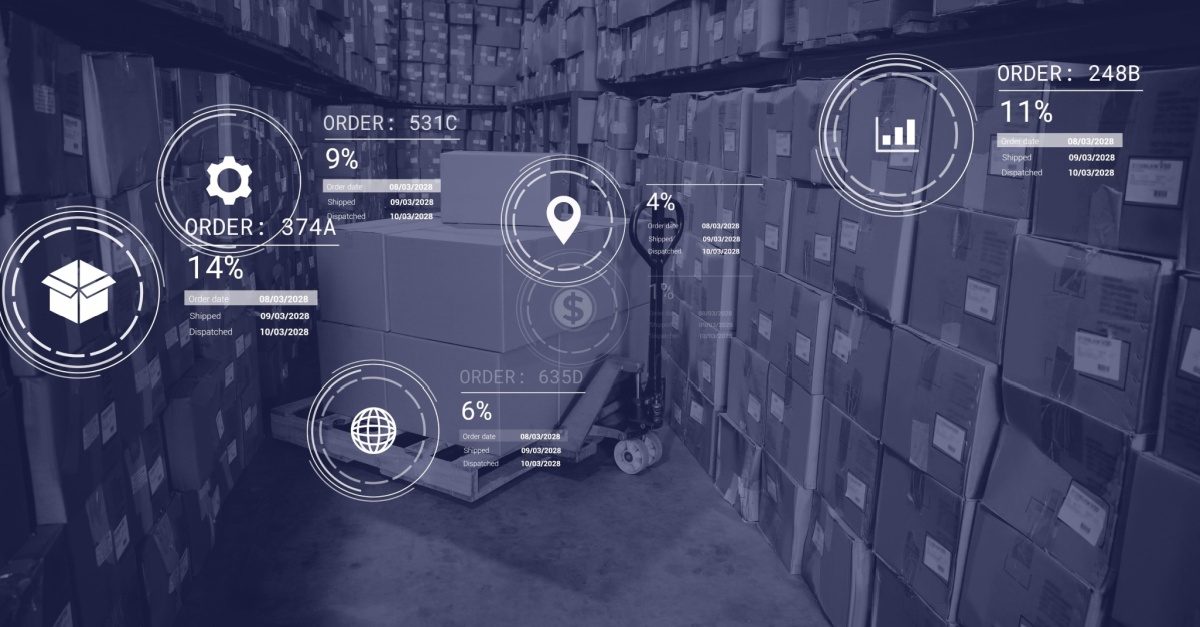
12 Market Signals Supply Chain Teams Should Track
When markets wobble, supply chains get the shakes. Smart supply managers watch the data screens closely, trying to catch the next ripple before it becomes a wave. It feels like weather forecasting, but with spreadsheets and global maps. Want to see what top teams track for smoother planning and less panic? Let’s run through the twelve market signals every supply chain team needs on their radar.
1. Purchasing Managers’ Index (PMI) Data
Watch the PMI, and you’ll see what factory floors are planning next month. This survey catches new orders, output, and supply delays before numbers hit the headlines.
Top supply teams treat it like an early warning light. Changes here ripple into inventory moves, price tweaks, risk controls, and sharper demand forecasts. Ignore PMI, and surprises get expensive fast.
2. Baltic Dry Index
Especially in manufacturing or construction, many companies feel every move in global shipping costs. The Baltic Dry Index tracks freight rates for bulk materials, including iron ore and grains.
Sudden spikes or dips hint at:
- Supply stress
- Shifting demand
- Or even looming bottlenecks
It acts as a global pulse check, flagging changing costs before they bite into budgets.
3. Key FX Pairs Tied To Supplier Bases
A small shift in exchange rates can quickly swell supplier invoices or shrink profit margins. Keeping an eye on major currency pairs makes a difference, more so if key contracts hinge on EUR/USD, GBP/CAD, or USD/JPY.
Quick or sudden changes can influence payment timing, renegotiations, and even cash flow plans. Reliable platforms such as axi.com help teams check live rates and brush up on FX basics before decisions get locked in.
4. Container Spot Rates
Ports tell stories long before the goods arrive. When spot rates for containers shoot up, that often means shortages, bottlenecks, or spiking demand somewhere down the line.
These price shifts affect not only shipping budgets, but also delivery promises and customer expectations. Monitoring daily container prices lets teams act before disruptions cascade through the chain.
5. Bunker Fuel Prices
Shipping giants track bunker fuel prices the way pilots watch weather reports. Even a slight uptick can raise ocean freight costs across the board. Supply planners see early warning signs in these trends, helping them lock in better rates or tweak routing.
As predicted by Ship & Bunker’s outlook analysis in 2024, there has been a significant price decline in 2025. But in volatile times, bunker price movements shape final delivery costs and future contract terms.
6. Steel and Copper Benchmarks and Market Movements
Builders and tech firms keep steel and copper price benchmarks close at hand. Any swing in these numbers usually signals a change in global demand, manufacturing plans, or even geopolitical risks.
Price shifts feed alterations straight into project budgets, contract timing, and sourcing options. Markets often move before headlines do, giving proactive teams an edge.
7. Consumer and Producer Price Indices (CPI & PPI)
Retailers spot demand changes first through CPI, with shifts often hinting at altered consumer buying power. Supply leads keep watch on PPI, which reflects input cost swings for manufacturers and upstream suppliers.
For instance, PPI upswings create inflationary pressure. This nudges supply teams to act quickly on:
- Price negotiations,
- Risk management,
- And sourcing strategies before costs ripple outward.
8. Central Bank Decisions
Interest rate changes or policy shifts from central banks send direct signals to credit markets and currency values. For supply chain leads, these moves influence borrowing costs and overseas purchasing power.
Even minor adjustments can make financing terms tighter or looser. With the right info at hand, companies can review payment schedules or contract lengths, or even decide to source from different regions.
9. Bond Yield Changes
Investors and risk managers look to bond yields as a barometer for global confidence. A sudden move higher usually means markets expect inflation or tighter money ahead. When yields fall, capital tends to get cheaper. Supply chain leaders monitor these shifts to forecast credit conditions, project costs, and the appetite for future investment.
10. Port Congestion Metrics
No one likes to hear that a vessel is waiting off the coast. Port congestion data tells logistics planners if delays are creeping up or easing. When bottlenecks build, transit times and costs jump. Tracking these numbers keeps teams nimble, with alternate ports and new timelines mapped out well in advance.
11. CFTC Positioning Trends
Watching how traders place their bets can reveal supply and demand sentiment before it hits the mainstream. The Commodity Futures Trading Commission reports show where money is moving in key materials and energy.
Sudden changes in positions can warn of price swings, or even hint at market stress that could spill into contracts.
12. Freight Capacity Indexes
Finding available freight feels like hunting for a good seat at a sold-out event. That’s especially true now that the freight market is heating up, and the future depends on balance.
Capacity indexes shine a light on market tightness or slack, letting shippers act before trucks or ships vanish from options. Real-time updates help teams anticipate shortages, plan alternative routes, and avoid premium rates when things get busy.
Endnote
Sharp supply teams treat these market signals as part of their daily toolkit. Small details often make the biggest difference. Tuning in to early shifts protects budgets, keeps operations nimble, and gives confidence in every move.
Article By Jackson K.M.

With ten years of experience in business writing, Jackson crafts clear, research-based content focused on supply chain, marketing, finance, and more. His work distils complex operational and market insights into concise, engaging narratives that inform strategy and decision-making across dynamic industries.

